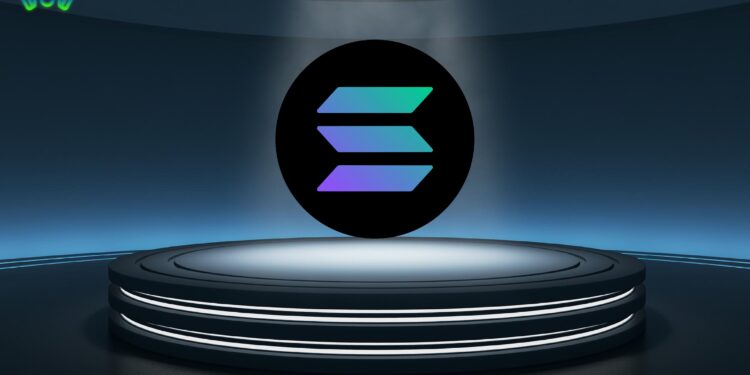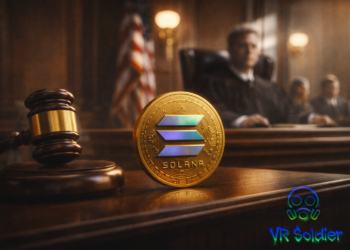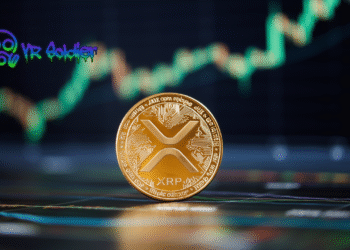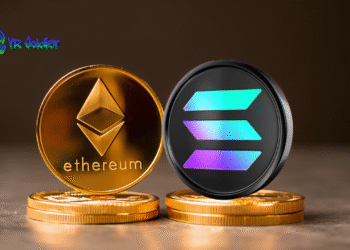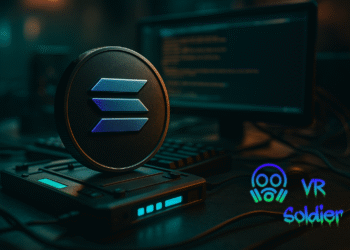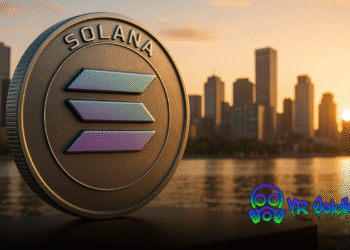Ethereum network has a lot of positives in the eyes of investors. With Proof Of Stake (POS) upgrades, lightning validator requirements, and the addition of a burning system making ETH slightly deflationary, why would anyone else choose another network? Solana phone and Saga Journey Chapter 2 might shed some light.
Solana TPS
For starters, the Ethereum network upgrades put in place have done nothing to help with high transaction period fees. Any transaction performed on the chain at peak time and requiring any more than a simple transfer can still cost over $20, up to hundreds of dollars in the most extreme cases.
The transactions per second (TPS) sit at around 15-30, which is immensely slow and can cause significant congestion during high-volume periods. Compare this to Solana’s real user TPS of around 700 currently, and it is easy to see why the migration to this new network is underway. But what other reasons than pure transaction speed are drawing Solana investors?
Solana Phone Chapter 2
The Solana phone, Saga, saw poor initial uptake in 2022 and 2023, starting out at an expensive $1000. With surplus stock, the price was reduced to $599, and still, orders were low.
Then, each new Saga phone that was sold came with an airdrop for 30 million BONK tokens, a meme coin on Solana that gained heavy traction. At the point that the airdrop became more valuable than the phone, the phone instantly sold out.
The ‘Chapter 2’ of the Solana mobile journey has started and with value additions such as this tacked onto the purchase of the Solana mobile devices, everyone is eyeing the next phase of this product journey. By garnering attention with these extra bonuses, the device will only bring more users to Solana, leaving other networks trailing in terms of product output.
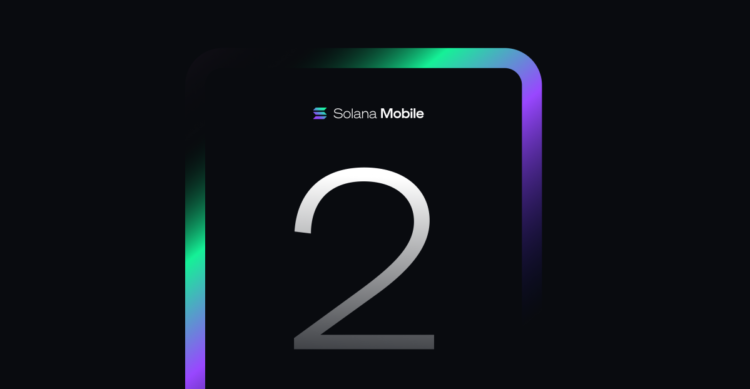
‘Solana Summer’
Solana Summer was a meme for an airdrop season in 2021 for Solana tokens. The period of time added significant value to the ecosystem and created immense demand for the SOL coin, which led the 2021/2022 bull market.
Jupiter, the leading aggregator on Solana, has recently performed one of the largest airdrops of the past year, yet again bringing a buzz around the Solana network and generating speculation of many more token airdrops to come. The prospect of ‘free money’ has been one of the biggest value drivers for cryptocurrency and usually creates a gravitational effect on investor capital. This anticipated return is likely to pull liquidity into the Solana ecosystem and will find sustained growth, at least in the short term.
Decentralized finance
The concept of ‘decentralization’ is a strong narrative to most crypto investors. The inability of governments or singular entities to hold power over your assets was a driver towards the expanding adoption of Bitcoin. Many investors are using the Ethereum and Solana networks for this perceived decentralized finance, but the realities are far from the truth. Ethereum has hard-forked the blockchain before in order to reverse a hack performed, resulting in Ethereum Classic becoming an asset, which shows that the Ethereum Foundation, if required, can and will manipulate the blockchain itself.
Solana is also in the same boat. The network itself can be ‘turned off’ at any moment. This, for anyone seeking a truly decentralized asset, would be considered a defining negative to setting foot on Solana.
Does anyone care about the heavily centralized aspect of Solana? At the moment, it seems no. The financial benefits far outweigh any concerns investors have, and if the value addition continues to be driven on Solana, with low fees and high transaction throughput resulting in a smooth user experience, in addition to adoption from established companies like Visa, it would be unsurprising to see the SOL coin reach a similar market cap valuation to Ethereum.

